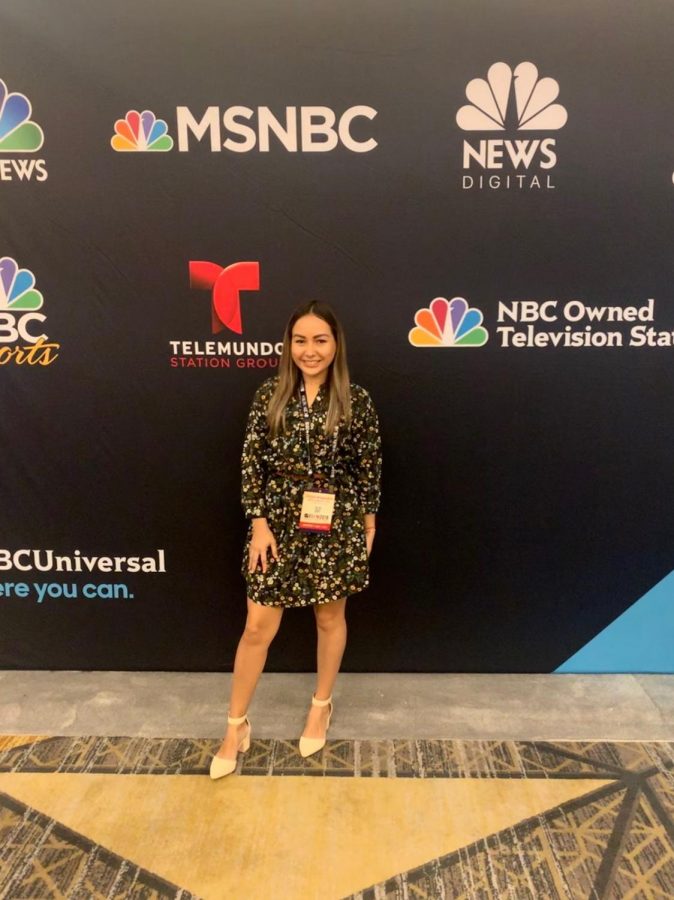
From May 19th to October 7th, the Museum of Photographic Arts featured a visual and musical sensation called “The Jazz Loft Project.” The exhibit is a collection of photos, tapes and recordings of conversations of jazz musicians at a recording studio on 6th street in Manhattan between 1957-1965. The exhibit features images captured by renowned photographer W. Eugene Smith and music from some of the biggest names in jazz. Legends such as Charles Mingus, Bill Evans, Zoot Sims, Thelonius Monk and more than 300 other jazz musicians came to this loft in Pittsburgh, collaborating for hours.
Throughout the exhibit there is evidence the power of jazz music served as a means to overcome racism. There are countless photos of black and white musicians working, laughing and composing music together. The photos capture stunning candid moments that reflect the beauty and sometimes- harsh reality of the time and make visitors feel they were in the room with the musicians while they created music.
The recorded dialogue, photos, tapes and testimonies of Smith allow visitors of the museum to understand the significant role jazz played in America. There are also recordings of commentary by Martin Luther King, Jr. at the exhibit. According to Jazmyne Lemar, volunteer coordinator at MOPA, the jazz loft served as a great form of escape for many artists.
“During the ‘50s and ‘60s the United States was still in a time of segregation and racism was constantly at the forefront of everyday life,” Lemar said. “The jazz loft served as a sort of oasis in a time of racial segregation. It allowed musicians, whether white or black, to collaborate, create music and let the music transcend color lines.”
Smith’s collection features nearly 40,000 images and is his largest body of work as a photographer.
Sam Stephenson, the director of The Jazz Loft Project at Duke University’s Center of Documentary Studies, discovered Smith’s archives years later. Hooked, Stephenson immediately decided to bring the Jazz loft back to life and introduce it to the world as an exhibit and book.
In an interview with Knopf Doubleday Publishing Group, Stephenson talked about the unique experience provided for visitors at the exhibit.
“One of the things that’s miraculous about this project is that in jazz you get to hear the notes that happen in a club but you don’t get to hear the million notes that happened in a rehearsal,” Stephenson said. “With this loft project you get to hear those moments that you don’t get to hear.”
The Jazz Loft Project is a stunning exhibit filled with powerful photos, captivating music, and great testimony by Smith. Since Stephenson resurrected this trove of archives the exhibit has made its way to different museums throughout the U.S. with stops in New York, Chicago, Monterey, Durham N.C and San Diego. The exhibit gives a beautiful glimpse of a historic time in American history, exposing the power and positivity of music.






